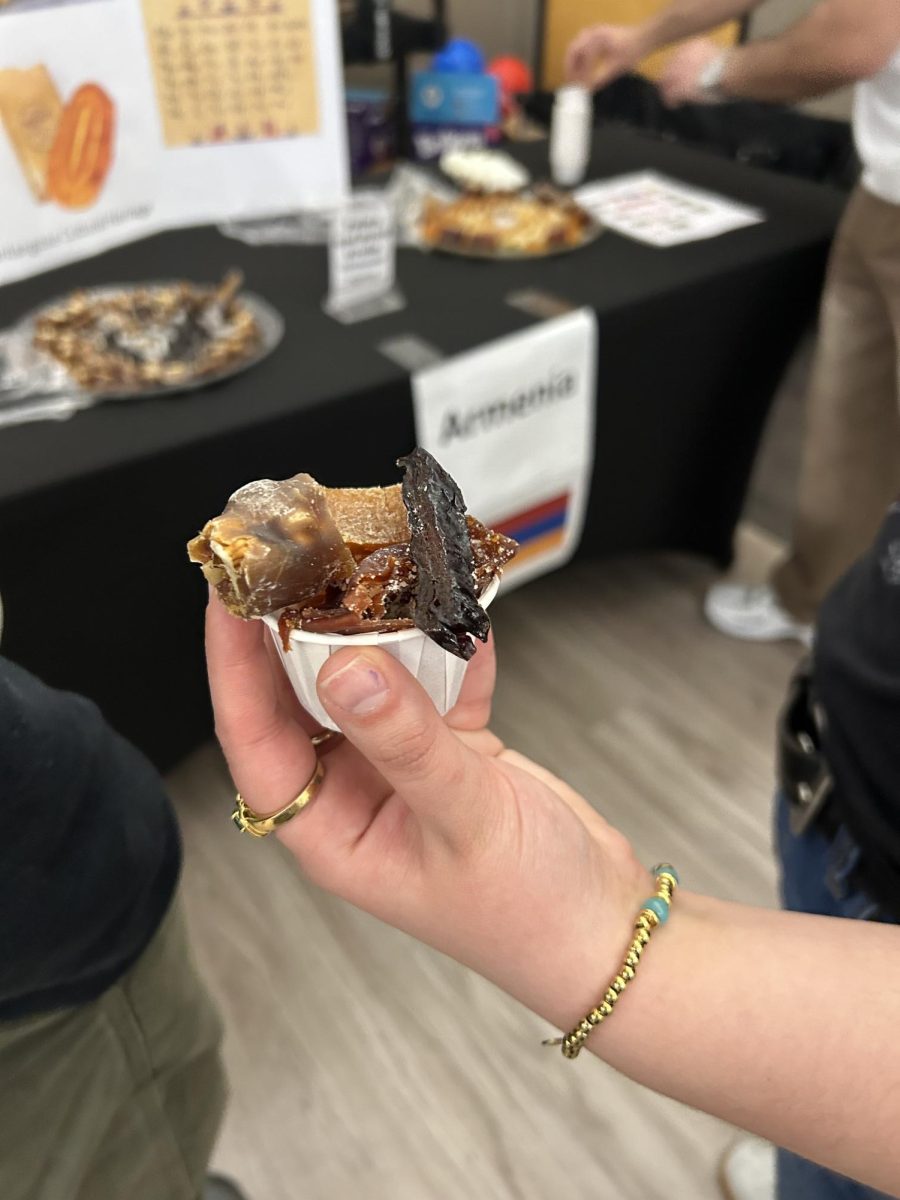By Hannah Mason, Assistant Editor
In March, Assistant Professor of Biology Dr. Zachary Loughman and his team of four West Liberty University students concluded an almost two-year-long crayfish biology project that took them all the way to east Texas. Not only did they get to travel much farther than their usual Appalachian range, but they made a number of scientific discoveries that they plan to publish soon.
The trip took them to Big Thicket National Preserve, a huge wildlife preserve in east Texas. Loughman and his crew visited 100 sites total, and Loughman himself flew to Texas three times: once in the fall of 2014, again in May of 2015, and recently in March of 2016. In May of 2015, Loughman was accompanied by his team of biology students: sophomore Katie Scott, junior Luke Sadecky; senior Zachary Dillard; and Nicole Sadecky, who graduated last fall.
The study they did at Big Thicket was a biotic inventory, meaning they canvassed the preserve for crayfish, catching as many as they could in order to figure out what species of crayfish there are, how abundant each species is, and what conservation recommendations to give to those in charge of the preserve. They were also interested in studying the ecological impacts of the crayfish there, which were all burrowing crayfish.
According to Loughman, this study was different than their usual trips, because of the unique wetlands habitats that were much different than the Appalachian streams they are used to.
The results of the inventory were that they identified 13 species of crayfish, one of them new (though it was discovered and will be named by a colleague of Loughman’s in Texas). Loughman said that before they went to Big Thicket, there was only one species of crayfish known to live there.
“The kind of fun, refreshing message for east Texas,” Loughman said, “is it’s the first place I’ve ever done a survey in which I can honestly say the crayfish are absolutely fine. There were two species that you only find in that watershed, so basically the recommendation I’m making to the preserve is just to simply monitor them, make sure they’re still there.”
Ecologically, Loughman said they made important discoveries regarding a local crayfish species’ direct association with a Texas plant species called the pitcher plant, as well as the importance of burrowing crayfish to the soil cycle. The crayfish dig up nutrient-depleted soil and pile it on top of the ground in chimney-shaped structures, where it then gathers new nutrients.
On their final night in Texas, Loughman and his students also traveled to find another species of crayfish called Fallicambarus devastator, and thanks to recent flooding, they were afforded a rare opportunity to observe and gather data on crayfish behavior, some of which contradicts several things that were previously thought about them.
The team expects to put together two publications from this trip by the end of May and June, and they have already begun presenting their results at conferences. But their success does not end there. Loughman said that thanks to their previous work with crayfish and exposure they have gotten from things like his being on the cover of the winter 2016 issue of “The Neuron” science magazine, his lab has received $250,000 in grants just since January. He has projects lined up for himself and his students for the next few years.
To Loughman, though, the most rewarding part of his research is when his students get recognized for the work that they do. “None of this is possible without my students,” he said.
Photo from Dr. Zachary Loughman







